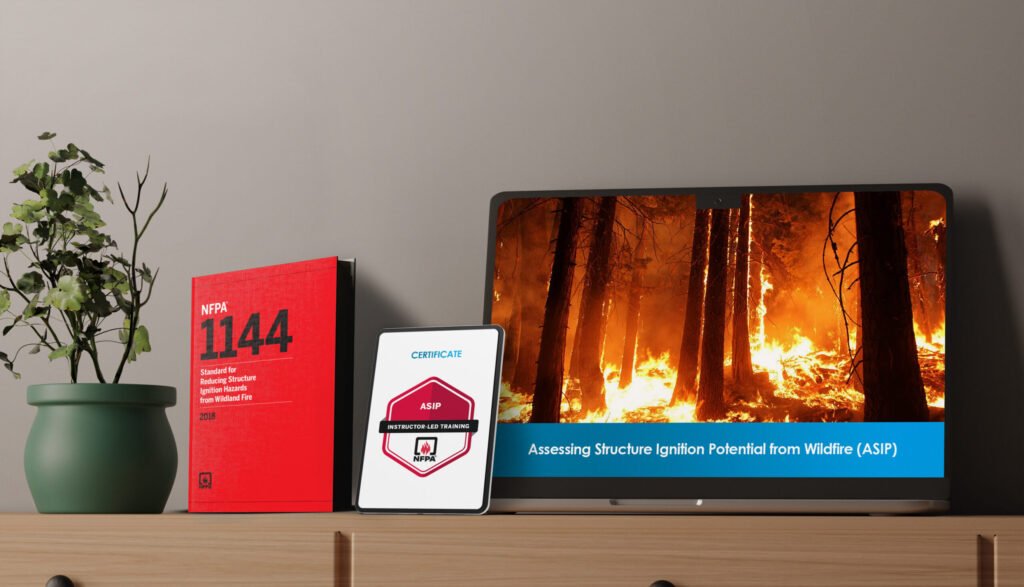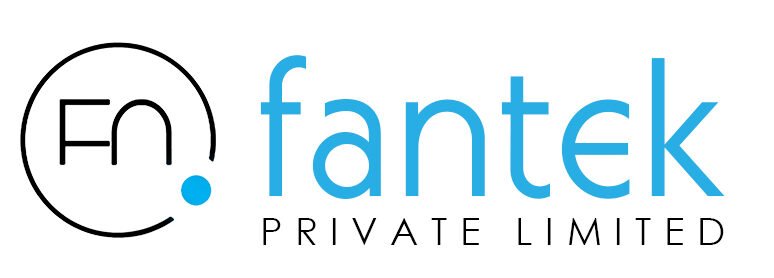
Assessing Structure Ignition Potential form Wildfire
ASIP
Completion Achievement
📜 NFPA Issued Certificate
Delivery Method
💻 LVT – Live Virtual (Online)
Why Join?
🔥 Essential for Fire and Community Safety – Learn strategies to reduce wildfire risk to homes and communities
🏡 Real-World Application – Gain skills through practical examples and proven best practices
👩🚒 Critical for Many Professions – Designed for firefighters, planners, building officials, architects, and homeowners
📘 Comprehensive Modular Approach – Covers fire science, assessment, and mitigation step by step
🌲 Support Safer Communities – Contribute to proactive wildfire resilience and risk reduction
Duration
📅 1.4 CEUs
This Wildland-Urban Interface (WUI) Fire Mitigation training provides practical knowledge and best practices for assessing and reducing structure ignition potential from wildfire. Participants will learn how wildland-urban fire disasters occur, how to evaluate structures and surroundings, and how to apply effective mitigation strategies within the Home Ignition Zone (HIZ).
During this course, participants will explore:
Characteristics of wildland-urban fire behavior
Structure ignition potential and contributing factors
The role and scope of the Home Ignition Zone (HIZ)
Preparing for and conducting HIZ assessments
Mitigation strategies for ignition-resistant structures
Best practices for protecting communities from wildfire risk

By completing this course, participants will be able to:
Explain how wildland-urban fire disasters occur
Assess a structure’s ignition potential and identify risk factors
Apply HIZ concepts to evaluate and mitigate fire exposure
Recommend effective, practical mitigation measures
Support wildfire resilience through ignition-resistant design and planning

This course is ideal for:
Firefighters and wildfire mitigation specialists
Urban planners and community resilience professionals
Building officials and code enforcement officers
Architects, designers, and construction professionals
Homeowners and community leaders in wildfire-prone areas
